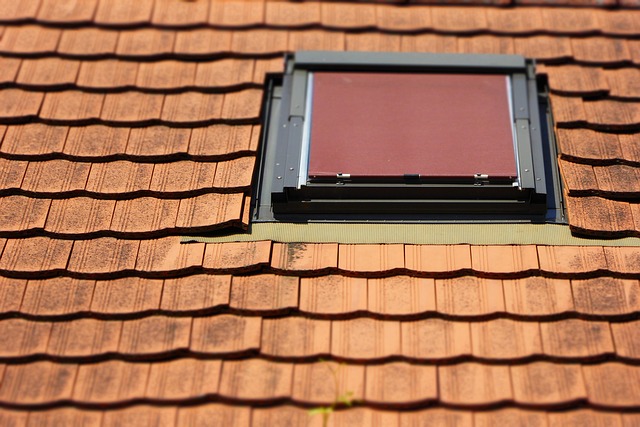Residential roof waterproofing is a vital home maintenance practice that shields properties from moisture intrusion, preventing long-term damage. This process involves identifying and repairing issues like cracks, damaged flashing, and clogged gutters using suitable materials for local climates. Modern solutions offer advanced membranes and technologies for superior protection against harsh weather conditions, ensuring peace of mind. Regular maintenance, including professional inspections, is key to extending the lifespan of waterproofing systems and safeguarding homes from water damage.
“Restoring your home’s waterproof barrier is crucial for protecting against leaks and preserving structural integrity. This comprehensive guide delves into the intricacies of residential roof waterproofing, shedding light on common issues that can lead to costly damage. From identifying problem areas through thorough assessments to implementing repairs and modern upgrades, we offer a step-by-step approach. Discover how to enhance protection, ensure longevity, and maintain your home’s most vital defense against the elements—your roof.”
Understanding Residential Roof Waterproofing: Common Issues and Their Impact
Assessment: Identifying Problem Areas in Your Roof System
Repairs and Replacement: A Step-by-Step Guide to Restoring Waterproofing
Repairs and replacement are essential steps in restoring effective waterproofing for your residential roof. Begin by thoroughly inspecting the entire roof to identify any damaged or missing shingles, flashing, or gutters. These components play a crucial role in preventing water intrusion. Next, replace any worn-out materials with high-quality, weatherproof alternatives suitable for your local climate. Ensure proper installation by following manufacturer guidelines and seeking professional advice if needed.
For minor issues like cracked or blistered membranes, repairing is often the most cost-effective solution. This process involves removing the damaged area, cleaning the surface, applying a compatible sealant or patch, and thoroughly testing the repair once completed. Regular maintenance, including cleaning gutters and inspecting for signs of wear, can significantly extend the lifespan of your waterproofing system, ensuring a dry and comfortable home environment.
Modern Solutions: Upgrading for Enhanced Protection Against Leaks
Modern solutions in residential roof waterproofing offer enhanced protection against leaks, ensuring your home stays dry and secure. One of the key advancements is the introduction of high-performance membranes designed to withstand extreme weather conditions and provide a robust barrier against water intrusion. These advanced materials are often easier to install than traditional methods, reducing construction time and costs.
Additionally, modern technology allows for more precise and targeted repairs. With the use of drone surveillance and thermal imaging, professionals can now identify leaks and damaged areas with greater accuracy, ensuring only the necessary sections are upgraded. This not only minimizes disruption but also promotes cost-effectiveness by preventing unnecessary work. As a result, homeowners can enjoy peace of mind, knowing their properties are protected against the elements with state-of-the-art waterproofing systems.
Long-Term Maintenance: Tips for Preserving Your Waterproofed Roof
Regular maintenance is key to preserving the longevity of your waterproofed roof. One of the most effective ways to ensure long-term protection for your residential roof waterproofing is to schedule periodic inspections. These inspections should be conducted by a professional to identify any potential issues, such as cracks in the seal or signs of deterioration, before they become more serious problems.
By keeping on top of these regular checks, you can also take proactive measures to maintain the waterproof membrane, clean gutters and downspouts to prevent clogging, and address any minor repairs promptly. This holistic approach to maintenance not only extends the life of your roof but also ensures it maintains its protective barrier against the elements, safeguarding your home from costly water damage in the long run.
